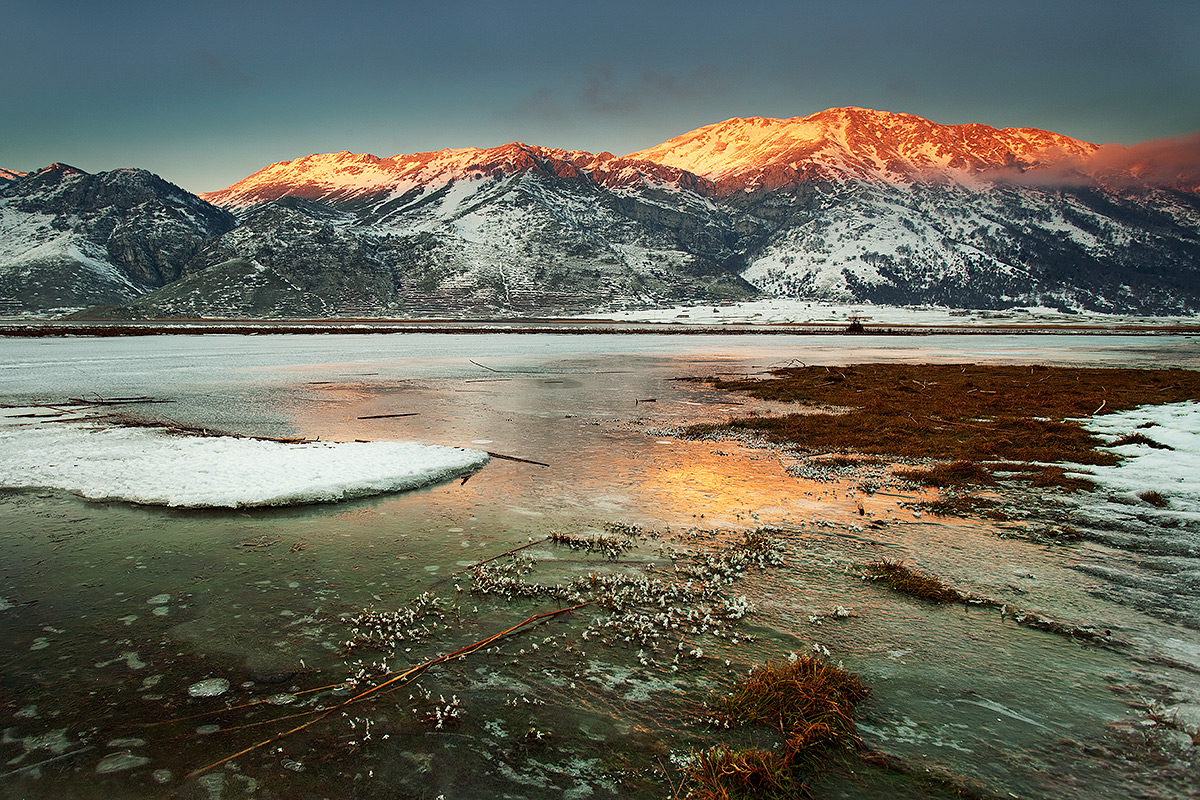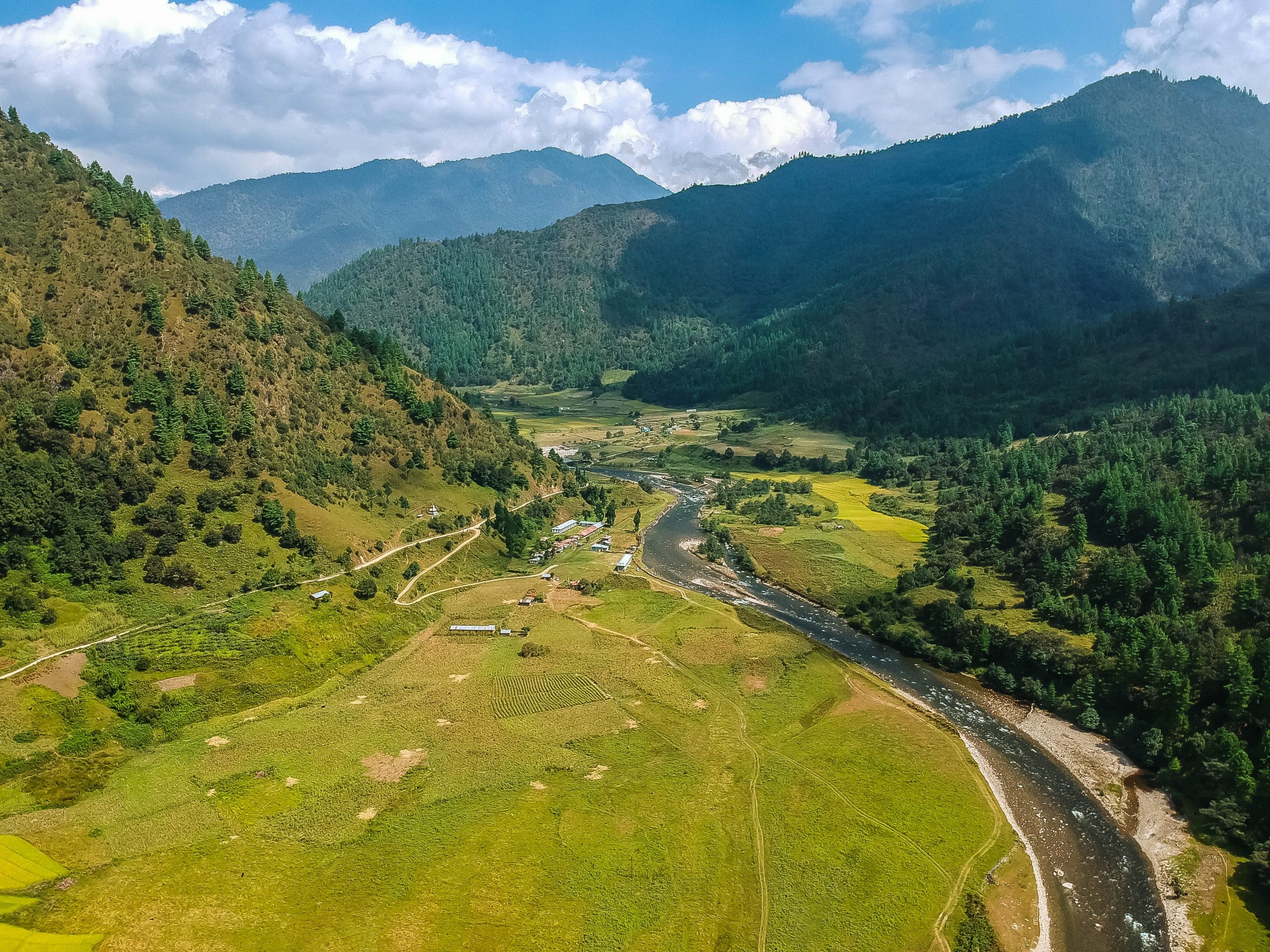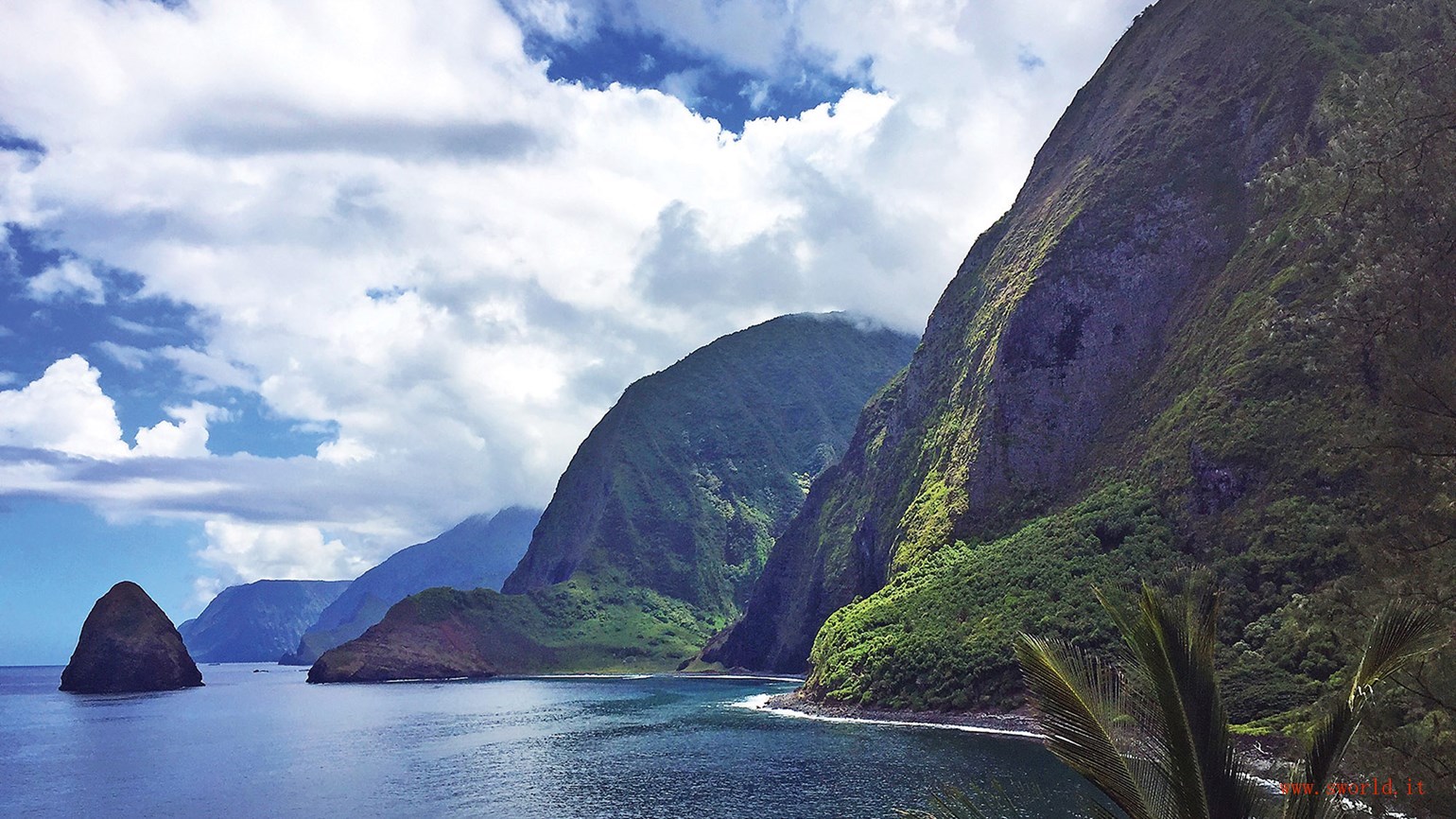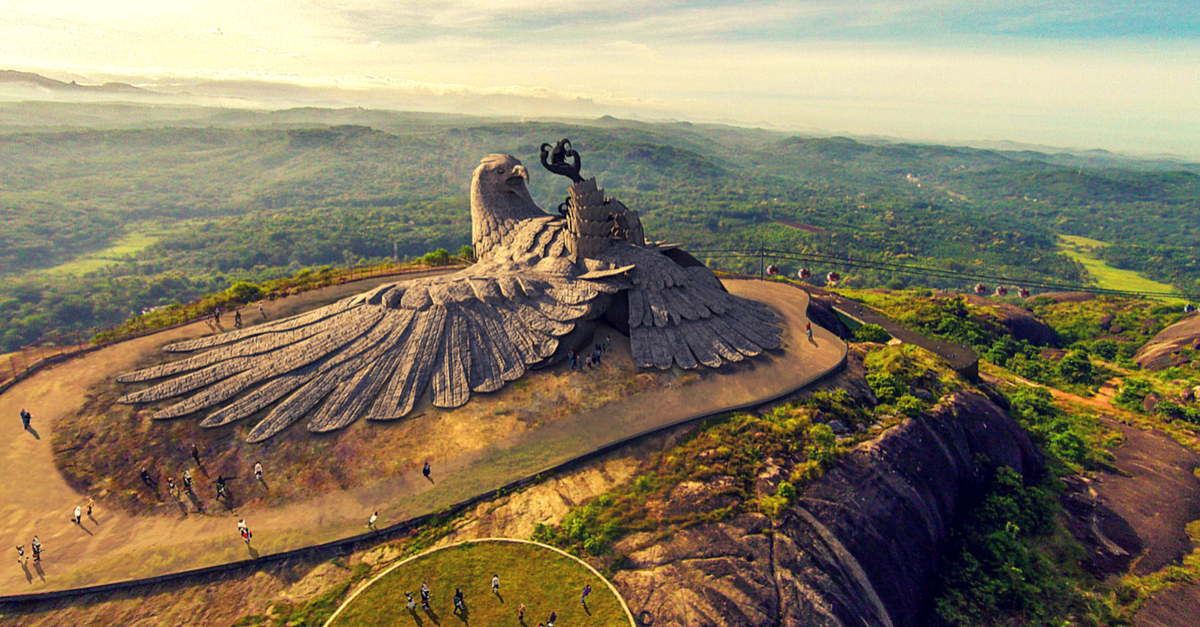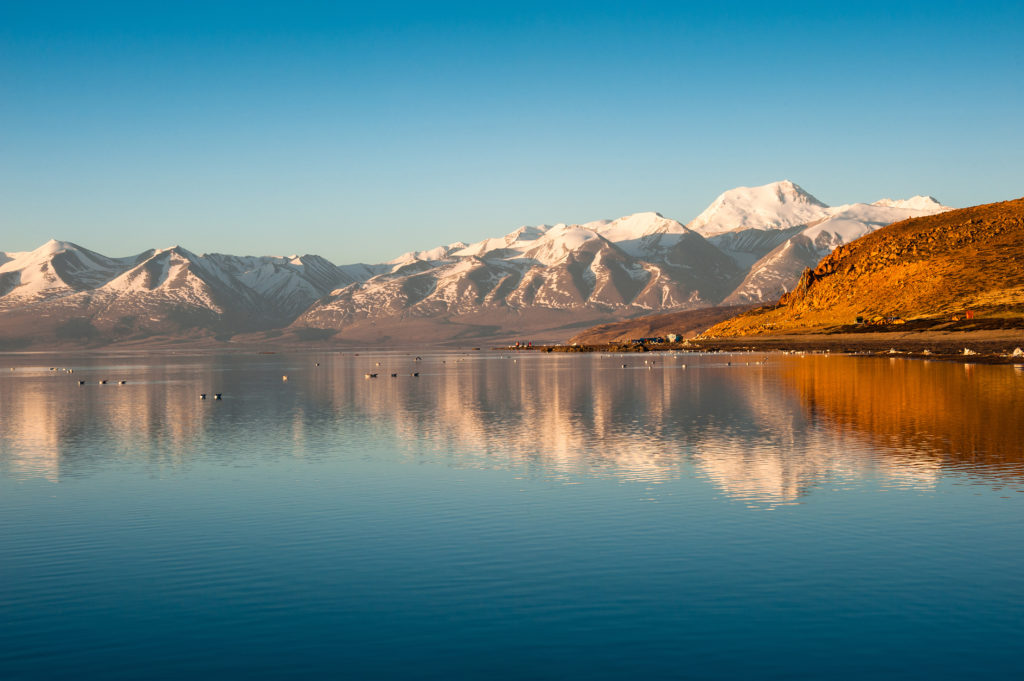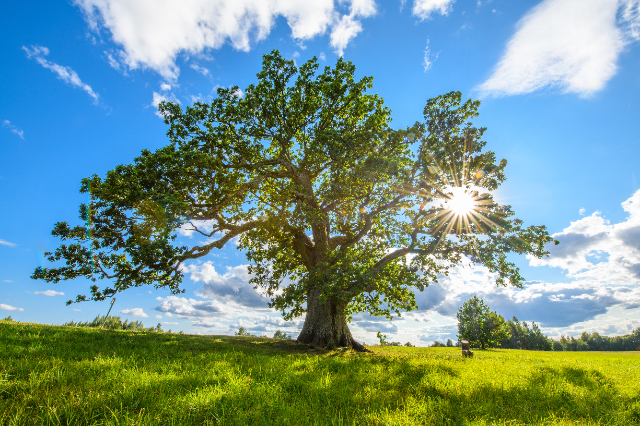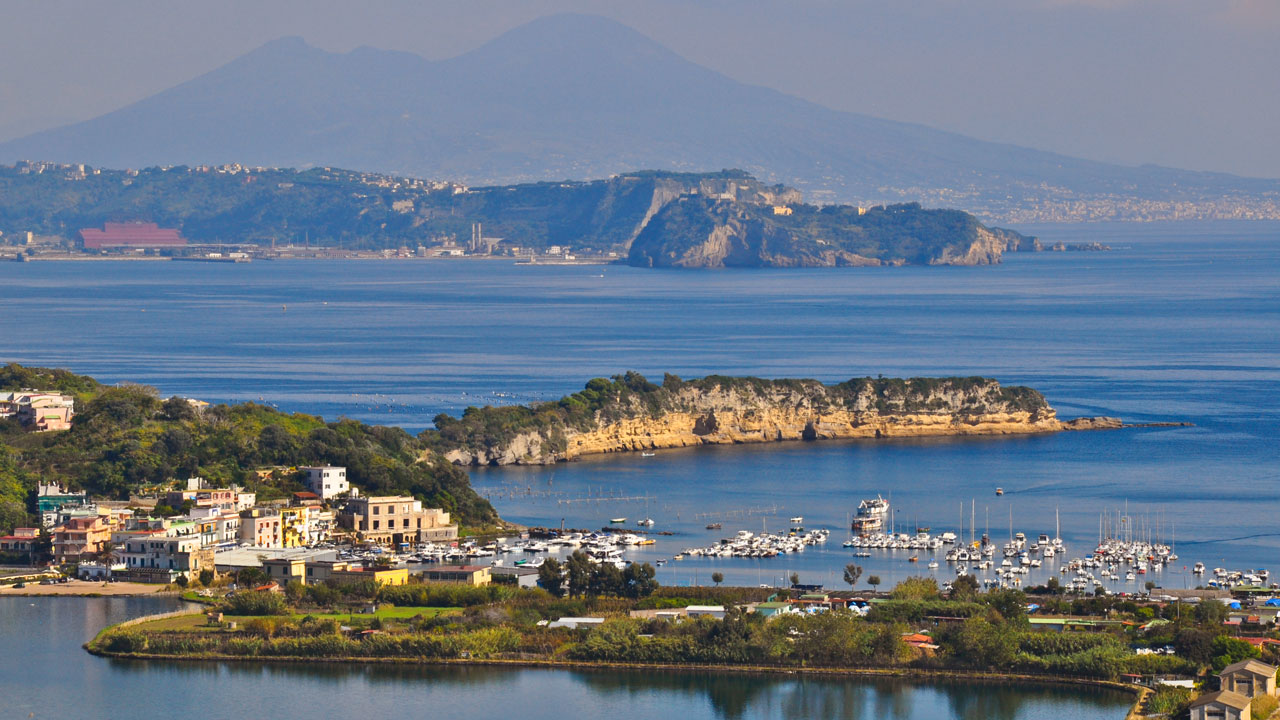The presence on the summit plateau of the Matese of as many as three lakes (Matese, Gallo and Letino) has resulted in a wonderful natural habitat; the valley in which they are located is one of the most beautiful in the Apennines and, at the same time, one of the best preserved from a landscape point of view. This has led to its designation as a Special Protection Area under Directive 79/409/EEC.
Lake Matese, the highest karst lake in Italy, collects the waters of Mount Miletto and Gallinola and is important for its abundant lake flora of rushes and marsh reeds that make it possible for a wide variety of waterfowl to stop and nest. Its significance lies both in its water aspect, as a feeder of underground aquifers and rivers, and in its use of hydroelectric power.
The lakes of Letino and Gallo were created by damming the course of the Lete and Sava rivers and are still used for hydroelectric purposes.
Also very interesting is the Le Mortine biotope, now a WWF Oasis for which a request for the establishment of a Special Protection Zone has been formalized. The Cormorants (Phaalcrocorax carbo) use the mesophilous woods of the Oasis as a night roost and at sunset there are about 300 of them resting in the trees, while the Coots (Fulica atra), a year-round resident species in the area, reach more than a thousand, with the addition of wintering individuals from northeastern European countries.
Also notable is the winter stopover of Great White Egrets (Casmerodius albus), which exceed ten units at night roosts placed on the tall trees surrounding the reservoir.
